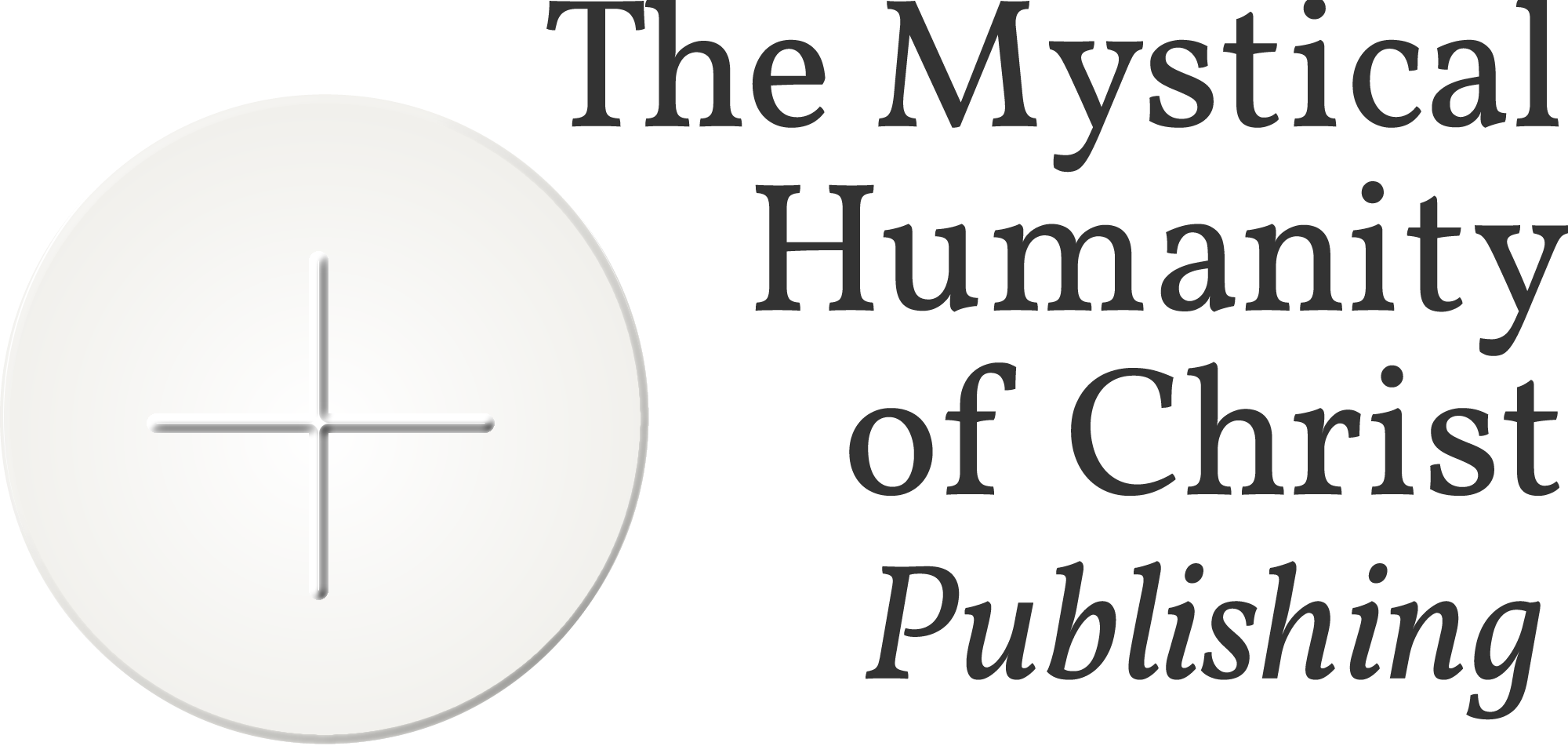
John Kubasak
Carmelite Saints Hall of Fame
Each major sport has a Hall of Fame for all-time greats. What if religious orders had their own halls of fame for their all-time greats? The ranks of heaven have countless souls that we won’t meet until we get there (God willing), but what about the saints we do know?
One of the older religious orders in the Catholic Church is the Carmelites. The original Carmelites were hermits on Mount Carmel, near the town of Haifa in modern-day Israel. St. Albert, the patriarch of Jerusalem, wrote a rule of life for them between 1206-1214. In the 16th century, the Carmelites went through a reform led by St. John of the Cross and St. Teresa of Avila. This list includes saints from the Order of Carmelites (O.Carm) and the reformed Order of Discalced Carmelites (OCD). Here is my inaugural class of saints for the Carmelite Hall of Fame!
The Prophet Elijah
This may sound like cheating to include an Old Testament prophet. Elijah’s throwdown with the 450 prophets of Ba’al (1 Kings 18:20-40) took place on Mt. Carmel. The original Carmelite hermits took Elijah as their inspiration and continue to claim him as part of their spiritual family.
St. Simon Stock (c. 1165-1265)
St. Simon is most famous for receiving the brown scapular from the Blessed Virgin Mary in 1251. Besides that, he founded Carmelite communities in Cambridge, Oxford, Paris, and Bologna. He helped transform the order from a collection of hermits to a mendicant friar order.
St. Andrew Corsini (1302-1373)
Young Andrew led a wild life as a youth but turned his life around, joining the Carmelites in his home town of Florence, Italy. He became well known for miracles and his apostolic work; he was deprived of his life when the pope appointed him bishop of the neighboring town of Fiesole in 1349. Andrew tried to flee without success. He reluctantly accepted the office. As bishop, Andrew deepened his austerity of life. He had a gift for mediation and peacemaking, even being asked by the pope to employ those gifts elsewhere in Italy.
In our modern era of conflict and division, a saint like Andrew Corsini shines all the brighter. Adding the gift of miracle-working alongside mediation and apostolic gifts, he was the 14th century, Carmelite version of Padre Pio.
St. Teresa of Jesus (1515-1582)
St. Teresa was from Avila and took Our Lord’s name for her religious name. She has an incredible resume. She was blessed with mystical revelations at an early age, her writings have been read for nearly 500 years, and she was the first female Doctor of the Church. One of the fascinating things about her life—and one that can speak to every era—was her slip into a lukewarm practice of the faith. We can be tempted to think that saints have it easy; or that those who have mystical experiences have a cake walk through this life. Yet when St. Teresa joined the Carmelite convent, she did so because of its laxity. She was finally convicted in prayer to change her life. After that happened, she desired to bring the Carmelites closer to their original manner of living: reclaiming a deeper focus on contemplation, simplicity, and community. She founded the first Order of Discalced Carmelites (OCD) in 1561, and worked together with St. John of the Cross to found an order of OCD friars several years later.
Her works The Autobiography of Teresa of Jesus, The Interior Castle, and The Way of Perfection are incredible spiritual classics. Deep and profound, they also very readable.
St. John of the Cross (1542-1591)
St. John of the Cross had a noticeable life of penance and devotion as a young Carmelite; by the grace of God, he met St. Teresa of Jesus in 1567 after he had been a priest for just one year. His desire for a life of penitence almost led him to join the Carthusians; St. Teresa convinced him to join her in reforming the existing Carmelite way of life. Both St. John and St. Teresa ran into great opposition and persecution from within their order. After a chapter meeting, those opposed to the reforms sent a group of armed soldiers to arrest John and throw him in prison. He was there for nine months before St. Teresa secured his release. Sufferings followed him for the rest of his life—and he embraced every one of them. He left behind invaluable writings on maintaining a spiritual life while in the midst of suffering. The most famous works are The Ascent of Mount Carmel, The Dark Night, The Spiritual Canticle, and The Living Flame of Love. A young Karol Wojtyla wrote his doctoral dissertation on St. John of the Cross’ works.
He was declared a Doctor of the Church by Pope Pius XI in 1926.
St. Therese of the Child Jesus and the Holy Face (1873-1897)
Her chosen religious name is listed, even though many of us know her better as St. Therese of Lisieux. She left behind an autobiography in three separate manuscripts, letters, poetry, and a collection of prayers. Pope St. John Paul II, in declaring her a Doctor of the Church, pointed out “a particular radiance of doctrine shines forth from her writings which, as if by a charism of the Holy Spirit, grasp the very heart of the message of Revelation in a fresh and original vision, presenting a teaching of eminent quality” (Divini Amoris Scientia, #8). So sincere and ardent was her love for Jesus! That alone is a great lesson for all of us. We should also not mistake her childlike simplicity as a weakness. When attempting to enter the Carmelite monastery, she appealed not only to her bishop but to the pope himself. She desired to be nothing less than a saint and saw every suffering, humiliation, and limitation as a stepping stone toward that goal.
An honorable mention goes to Mother Agnes of Jesus (Therese’s sister, Pauline), who requested that first autobiographical manuscript where Therese write down her childhood memories.
The 16 Carmelite Martyrs of Compiegne (1794)
The French Revolution began with a horrific Reign of Terror. One of the revolution’s enemies was the Catholic Church. Religious life was outlawed in 1790; wearing a habit was outlawed on Easter Sunday in 1792, and convents were forcibly closed later that year. What happens when the secular government turns upside down, and a religious community is threatened with imprisonment and death? The Carmelite Martyrs of Compiegne provide an answer: “offer [themselves] in holocaust to appease the wrath of God and so that the divine peace brought by Christ on earth is returned to the Church and to the State.”
Mother Superior Therese of St. Augustine arranged for the sisters to hide throughout Paris. For two years they lived the Carmelite rule in secret and prayed a daily offering of consecration to God. Imagine living for two years, knowing that persecution and death awaited!
The sixteen Carmelites were arrested in 1794. After a farce of a trial, they were martyred on July 17, 1794. They sang the Vespers and Compline in the prison cart as they were transported to the guillotine. The normally bloodthirsty mob listened in silence as the sisters sang. Ten days after their sacrifice, the Reign of Terror ended.
St. Teresa Benedicta of the Cross (1891-1942)
Also known by her birth name, Edith Stein, she was born into a large Jewish family. Her parents encouraged the thorough education of their daughters as well as their sons. Edith rejected the Jewish faith of her family as a teen and went to college to study philosophy as an agnostic. She later came across the writings of St. Teresa of Avila in the home of some friends and ended up converting to Catholicism. She continued to teach for several years before finally entering a Carmelite convent and giving her life entirely over to Christ. She was arrested by the SS with her sister, also a Carmelite nun, in August of 1942. They were taken to Auschwitz where they were killed in the gas chambers.
A prolific author, she is most widely known for her Essays on Woman and on her teaching on true womanhood in the modern world.
All Carmelite saints, pray for us!




Comments